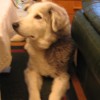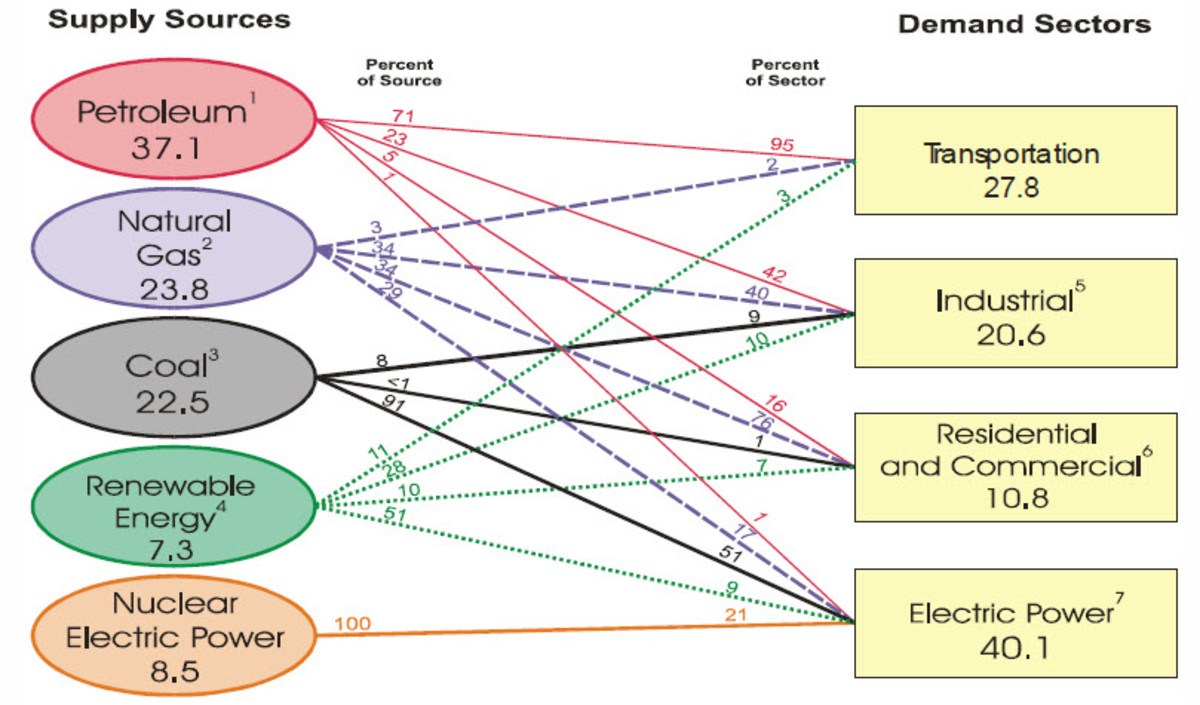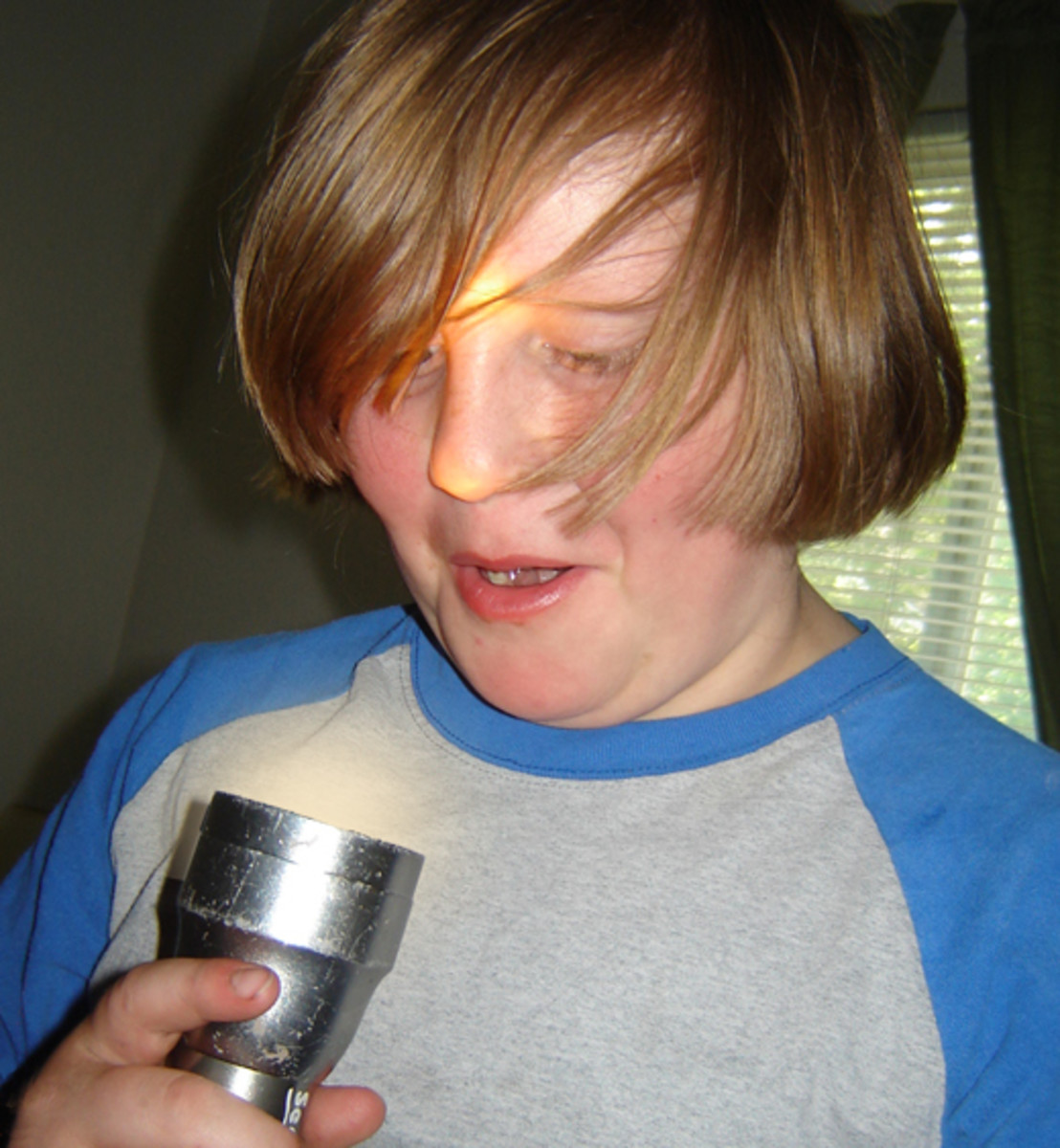Instructions to build a wind generator
How to build a wind generator
The article provides detailed instructions on how to build a wind generator (also known as wind turbine). Let's first start by discussing the generator itself; you will find information concerning the generator’s work mechanism, tower construction as well as general useful tips. Wind generators have proved to be effectively “making” electrical energy from the wind.
When thinking about building one, first of all make sure the area has the considerable wind flow which is a principal condition for wind generators.

How Wind Generators Work
Now in a few words let’s review what makes the wind generator work and how it transforms wind into electrical energy?
From one point wind can be regarded as solar energy. Wind power is stipulated by air pressure and temperature difference and may be affected by water and terrain surface. Some areas are subject to permanent strong winds. Such weather conditions would be most favorable for wind generators.
Wind tribunes are positioned on a high post in a windy area. The wind generator much resembles a prior-to-jet airplane engine. A propeller and an enclosed casing are its main components. A rod connecting the propeller with the gearbox is located in the casing. Also the turbine has electrical generator, wind gauge (electronic), and the yaw motor.
As wind flow revolves the propeller edges, the gearbox is initiated. Thus a slow high-torque turning motion is being transformed into the very fast low-torque one. Then the motion extends from the gearbox to another gear linked with the generator. The electrical charge is being generated by the two evolving gears. The charge supplies the wind gauge. The latter is a device used to determine the wind direction – which is an important factor. Then the impulse is send to the so-called yaw motor and the propeller moves towards the direct wind flow. Electrical excess runs via a cable into the ground where being connected to a battery and a power grid supplies locals with electrical energy.

Advice for Building a Wind Generator
- You should know that this endeavor is rather a challenging one. Before staring all yourself conduct a profound technical research and consult with a specialist in the area.
- Remember that there should be no big object within 400′ round the wind generator. Still the generator should be located 30′ above any of such. Thus the task number one is to find the right place for your wind generator.
- Make notes of local dominant wind flow strength and direction as well as any other weather related specifics such as clouds and storms. Consult a local weather station or airport if needed.
- To add to efficiency, the batteries should be placed maximally close to the wind generator. Recommended are the 48 or 24 Volt batteries.
- Either you will choose a tilt-up or a stationary model it should be constructed with 2-3″ steel pipe and be anchored securely. Although the stationary towel will require climbing up – it is considered to have a more sturdy body rather than the tilt-up one. However, the latter one offers an easier access to the generator.
- To measure the wind speed you will need an anemometer. You may either buy or do it yourself. This way you will stay informed whether the wind generator works to capacity. It is important to have the generator shut when the weather is heavy.
- Generators (also known as alternators) vary in price, quality, size, and power output features. Still, you can build the generator yourself. The advantage of the homemade generator is that you may modify it according to all your requirements.
- To transfer the wind energy into the electrical one you will need a rotor. Its function is to enable the generator get electrical energy while it reduces the actual wind blow. As online stores offer different rotors you may make a research to find out which would better fit your needs and the area specifics. Things to keep in mind are; required power output, wind power, tower, and size.
- To protect the wind generator from breakdown have a protector-rotator against strong winds. There are some protectors that allow full (or partial) generator work flow even in heavy weather.
- You should be regularly using the generated energy from the batteries to prevent an excess build-up. It may either be used by connecting lights, diodes, shunt regulation, or other.
- Your wind generator should be able to transfer the energy to somewhere. You will need lip rings or pendant cable for that.
Wind tilt-up generator tower:
If you are interested in how to construct a tilt-up wind generator tower below we provide a brief step by step instruction for you. If you will manage to build it yourself you may save a lot of money however it is quite difficult a process.
Things you will need:
- a tilt-up tower kit
- tubular steel pipe sections
- pipe insulation
- guy wires
- anchors
- clamp and ground rod
- electrical wire
- electrical tape
- wire connectors
- wind turbine
We have equipped you with key information about the wind generator principles, tilt-up tower and how to build a wind generator yourself.

Instructions:
- Spot a wide open area for your wind tower. Guy wires should support it at a radius or 35 – 60 per cent of the tilt-up tower’s height.
- Figure out how strong and high the tower should be. It should withstand any storms in the area.
- Purchase a tilt-up tower kit from a reputable energy dealer – shipping may be required. It should normally have a tower base, clamps, wire sets, bolts, nuts, and instruction included. Purchase other items from a local dealer.
- First, assemble the tower first on the ground. Also attach position guy wire anchors, gin pole; connect cables and snap links.
- Raise the assembled tower pulling a rope fixed to the gin pole. Make any required adjustments with the guy wires.
- When the tower is almost vertical, draw the gin pole to the surface and then draw the cable through the guy wire anchor.
- Properly adjust the guy wires and clamp. They should be tight.







